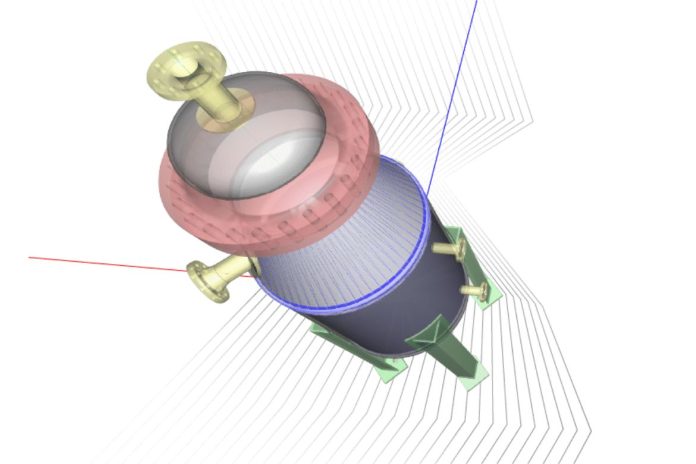In the world of pressure vessel manufacturing and operation, cutting corners on design tools can seem like a short-term cost-saving measure. Sticking with older, non-compliant pressure vessel software or relying on outdated manual methods might appear to save on license fees and training. However, this is a dangerous illusion. The true cost of non-compliance is not measured in software fees, but in catastrophic project delays, staggering legal liabilities, and irreparable damage to a company’s reputation.
Investing in up-to-date, ASME-compliant pressure vessel software is not an expense; it’s one of the most critical risk management strategies a company can deploy.
1. The Immediate Cost: Project Delays and Rework
This is the most common and immediate pain point. A design submitted for approval that was created using an outdated edition of the ASME BPVC will be rejected. This rejection triggers a cascade of costly consequences:
- Complete Redesign: Engineers must redo their work using the current code, wasting hundreds of valuable hours.
- Procurement Delays: Material orders based on the old design may be incorrect, leading to reordering and supply chain disruptions.
- Stalled Fabrication: The shop floor sits idle while waiting for approved drawings, throwing production schedules into disarray.
- Contractual Penalties: Missed deadlines can trigger financial penalties from the client.
Modern, compliant software automates the application of the latest rules, ensuring the first design submitted is the right design, streamlining the entire approval process.
2. The Existential Threat: Regulatory and Legal Risks
The consequences of a vessel failure are profound. If an incident is traced back to a design that did not meet the legally mandated ASME code at the time of its construction, the fallout can be existential for a company.
- Corporate Liability: The company faces massive fines from regulatory bodies and potential criminal charges if negligence is proven.
- Civil Lawsuits: Victims of an incident can bring multi-million-dollar lawsuits. Proving that your design process used non-compliant tools is a devastating blow to any legal defense.
- Voided Insurance: Insurance carriers may deny claims if it is found that the company did not follow established industry standards and legal requirements.
3. The Intangible Cost: Damage to Reputation and Client Trust
Your company’s reputation is its most valuable asset. Being known as a firm that cuts corners on safety and compliance is a death sentence in the engineering world. Clients will not entrust their critical, high-value projects to a company that cannot guarantee adherence to the most fundamental safety codes. A single non-compliant project can erode decades of trust, leading to a loss of future business that far outweighs any minor savings on software.
The ROI of Staying Current
Viewed through this lens, the return on investment (ROI) for modern, compliant software is immense. It is an investment in:
- Efficiency: Reducing rework and accelerating project timelines.
- Risk Mitigation: Protecting the company from devastating legal and financial liability.
- Quality and Trust: Building a reputation for safety and excellence that attracts and retains high-value clients.
In an industry where safety is paramount, the cost of non-compliance is a price no business can afford to pay. Up-to-date pressure vessel software is not just a tool for engineers; it’s a foundational pillar of a sound and sustainable business strategy.









